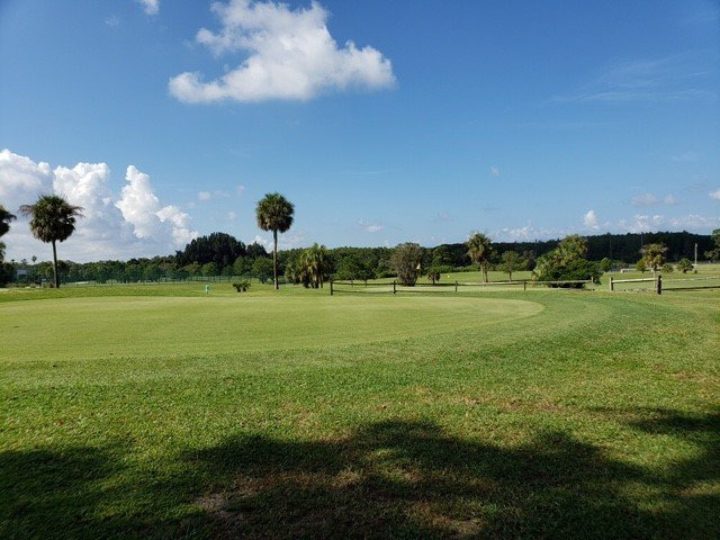Pollinators play a vital role in maintaining healthy ecosystems, and responsible pesticide use is critical for their protection. Golf courses can also serve as important habitats for pollinators, providing opportunities for the natural areas that support them. In this article, we’ll explore the importance of protecting pollinators through responsible pesticide use, focusing on the role of golf courses.
Pollinators such as bees, butterflies, moths, and beetles are essential for natural ecosystems. Among them, the western honey bee (Apis mellifera) is one of the most important pollinators in the United States. Native bee species, including bumble bees (Bombus spp.), also contribute significantly to the pollination of plants. In fact, Florida alone is home to over 300 species of native bees.
Insect pollinators also play a crucial role in pollinating native plants. Additionally, insect pollinators contribute to controlling turfgrass insect pests. Therefore, insect pollinators become more valuable not only for pollination of plant species sustainability but also for golf course pest management.

The Need to Protect Pollinators and The Role of Golf Courses
To protect pollinators, responsible pesticide use and creating habitats that support them are crucial. Pesticides are designed to control pests and maintain healthy plants, but they can also have unintended effects on pollinators if not used carefully.
In golf course management, pesticides and other plant growth products are commonly used, making it essential for pesticide applicators to be mindful of their impact on pollinators and their habitats. Taking precautions and responsibly using pesticides can help ensure the continued thriving of pollinators and their vital role in the ecosystem.
Protect Pollinators by Following Pesticide Labels
It’s essential to follow the label when using pesticides, as it is a legal obligation. Insecticide labels may contain specific instructions, such as avoiding application to parts of plants that are blooming, pollen-shedding, or nectar-producing if bees may forage on them during this period.
Additionally, some labels state that “pesticides should not be applied to flowering plants”. Most pesticide labels contain pollinator-protection guidelines that outline the required best practices to minimize risks to pollinators from pesticide application. Pesticide applicators must be aware of honey bee toxicity groups and understand precautionary statements to prevent harm to pollinators. By adhering to these guidelines and keeping accurate records, we can promote responsible pesticide use and protect pollinators from harmful effects.
Maintain Accurate Records of Pesticide Applications to Safeguard Pollinators
To promote responsible pesticide use and protect pollinators, proper records of all pesticide applications should be maintained in compliance with local, state, and federal requirements. Recordkeeping is considered a best practice and may be legally required for some products. Integrated pest management (IPM) principles suggest that keeping records of all pest control activities can provide valuable information on past infestations and guide future decision-making. Keeping records of pesticide use can also ensure that proper product selection and application are carried out to eliminate unwanted pests and protect pollinators.
These records should include information on the date and time of application, the name of the applicator, the person directing or authorizing the application, and the weather conditions at the time of application. Other essential details to be recorded include the target pest, the pesticide used (trade name, active ingredient, application rate, formulation, amount of water), adjuvant/surfactant and amount applied (if used), the area treated (acres or square feet), location, the total amount of pesticide used, application equipment, and any additional remarks, such as the severity of the infestation or life stage of the pest.
Pesticide applicators and decision-makers should be capable of interpreting pollinator protection label statements, understanding honey bee and native bee biology, and comprehending the various routes of exposure to pesticides. It’s crucial to understand the effects of different pesticide classes on bees to make informed decisions and minimize the risk of harm to pollinators. Regular follow-up investigations should be conducted to check the effectiveness of the application and ensure compliance with standard protocols. By adhering to these best management practices, we can promote responsible pesticide use and protect pollinator populations.
Conclusion
By following best practices and adhering to pesticide label guidelines, golf course managers and pesticide applicators can help promote responsible pesticide use and support pollinator populations. Golf course maintenance services are always advisable to outsource this kind of work.
Get year-round golf course maintenance services with DTE Golf®. Contact us to hire professionals and ensure the maintenance of your golf courses all year long.
